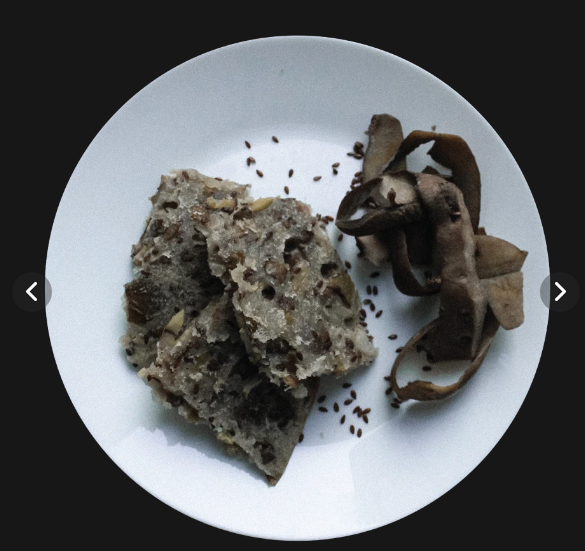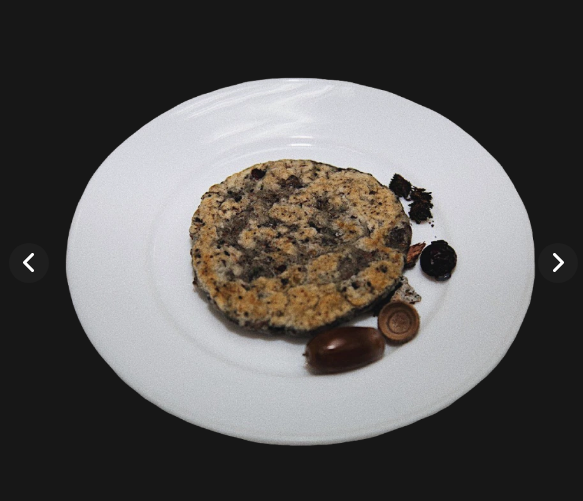Students from the Ukrainian Leadership Academy have launched an online “restaurant” featuring “recipes” thanks to which many Ukrainians survived the Holodomor. The Soviet leadership unleashed this genocidal famine against Ukrainian peasants in 1932-1933 in retribution for their resistance to collectivization.
Holodomor recipes: tree bark, grass, straw, reed roots
The restaurant showcases “recipes” with products such as tree bark, potato scraps, straw, buckwheat chaff, reed roots, corn cobs, beet leaves, and grass. Here are some examples:




The price of survival
The “price” of these dishes is the survival of millions of Ukrainians whose produce was confiscated by communist functionaries. At this time, rapid collectivization of agriculture in the newly-formed Soviet Union was taking place under the leadership of Joseph Stalin. Ukrainian peasants, with their strong tradition of private property, revolted en masse, which led to a massive confiscation of all edible foodstuffs in all households of entire villages. The restaurant features the stories of many Holodomor survivers, produced by the project Ukrainer:
Many participants of the Ukrainian leadership academy, who created this project, are descendants of Holodomor survivors. They shared stories of surviving during the famine passed on in their families:

It is estimated that at least 4 million Ukrainians starved to death in the winter of 1932-1933; there are reports of cannibalism that took place during that winter. The Ukrainian countryside changed irreversibly after the famine, and the Ukrainian resistance to Stalin’s policies was all but crushed. The Soviet leadership hushed up the crime and denied that the Holodomor ever took place. Russian officials continue to deny the scale and genocidal nature of the Holodomor to this day.
The students call upon the “clients” of the restaurant to sign a petition calling upon English-language dictionaries to include the word “Holodomor” in their listings:
The online restaurant is a multimedia continuation of the project “Uncounted since 1932,” which aims to spread knowledge about the Holodomor, Stalin’s genocide of the Ukrainian nation, and Soviet crimes. During the last three years, the students organized street restaurants which allowed bypassers to taste dishes from the Holodomor in Ukrainian cities, Israel, and Belgium.
https://www.facebook.com/euromaidanpress.en/posts/770774679773003
Read more:
- Holodomor: Stalin’s punishment for 5,000 peasant revolts
- So how many Ukrainians died in the Holodomor?
- The history behind “Bitter Harvest,” dramatic movie about the Holodomor
- See which countries recognize Ukraine’s Holodomor famine as genocide on an interactive map
- Holodomor: Stalin’s genocidal famine of 1932-1933 | Infographic
- HOLODOMOR 1933: Light a candle in your window
- Documents show massive export of products from Ukraine during Holodomor
- History, Identity and Holodomor Denial: Russia’s continued assault on Ukraine
- Holodomor or death by starvation changes people’s genotype, say psychologists
- Stalin’s genocidal Holodomor campaign of 1932-33. What we know vs the denialist lies








